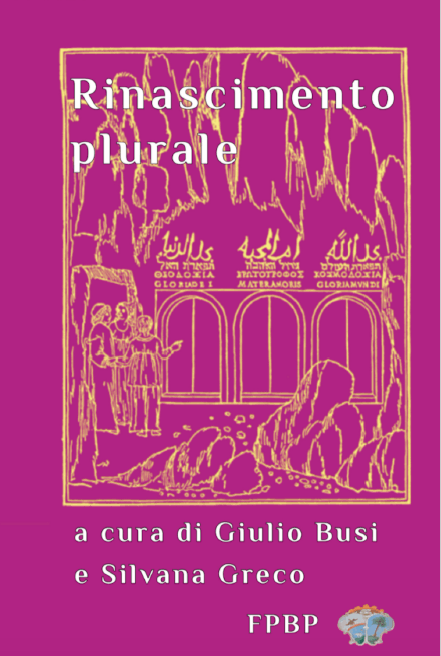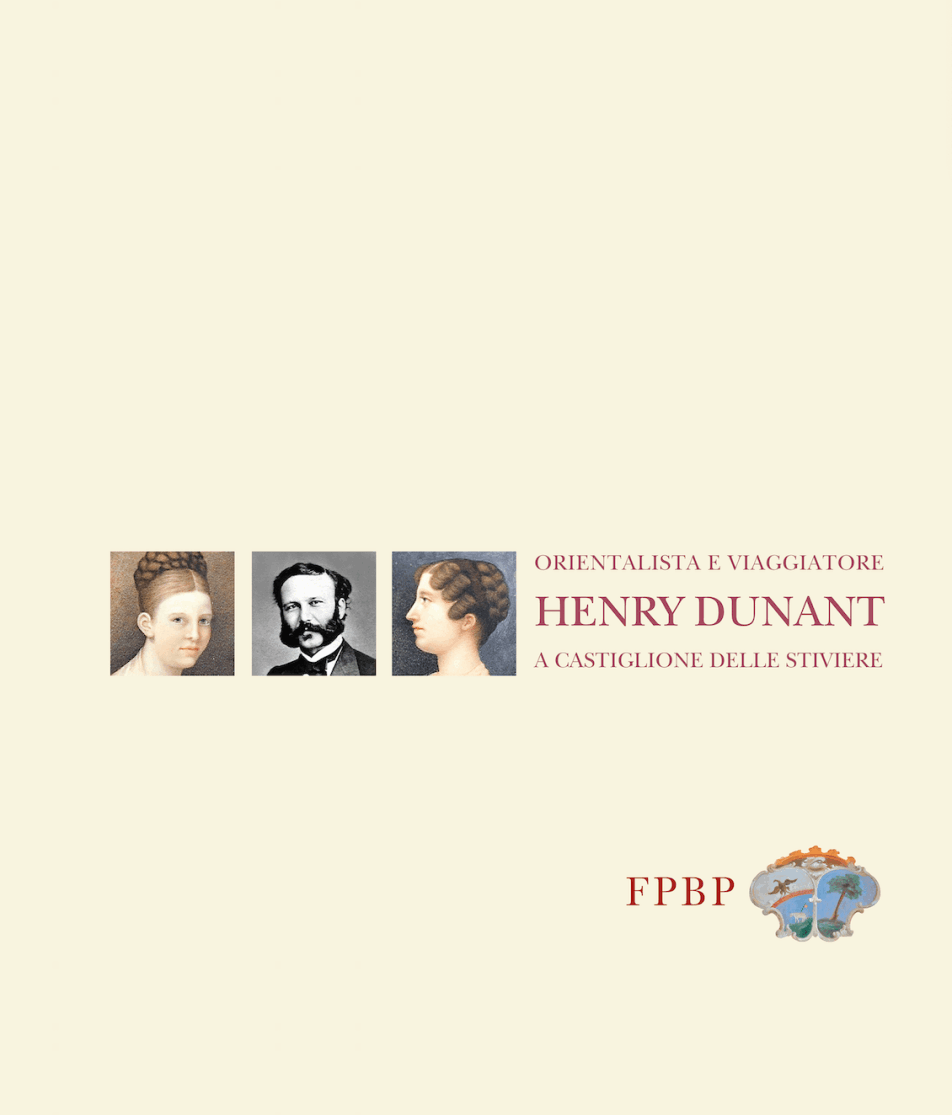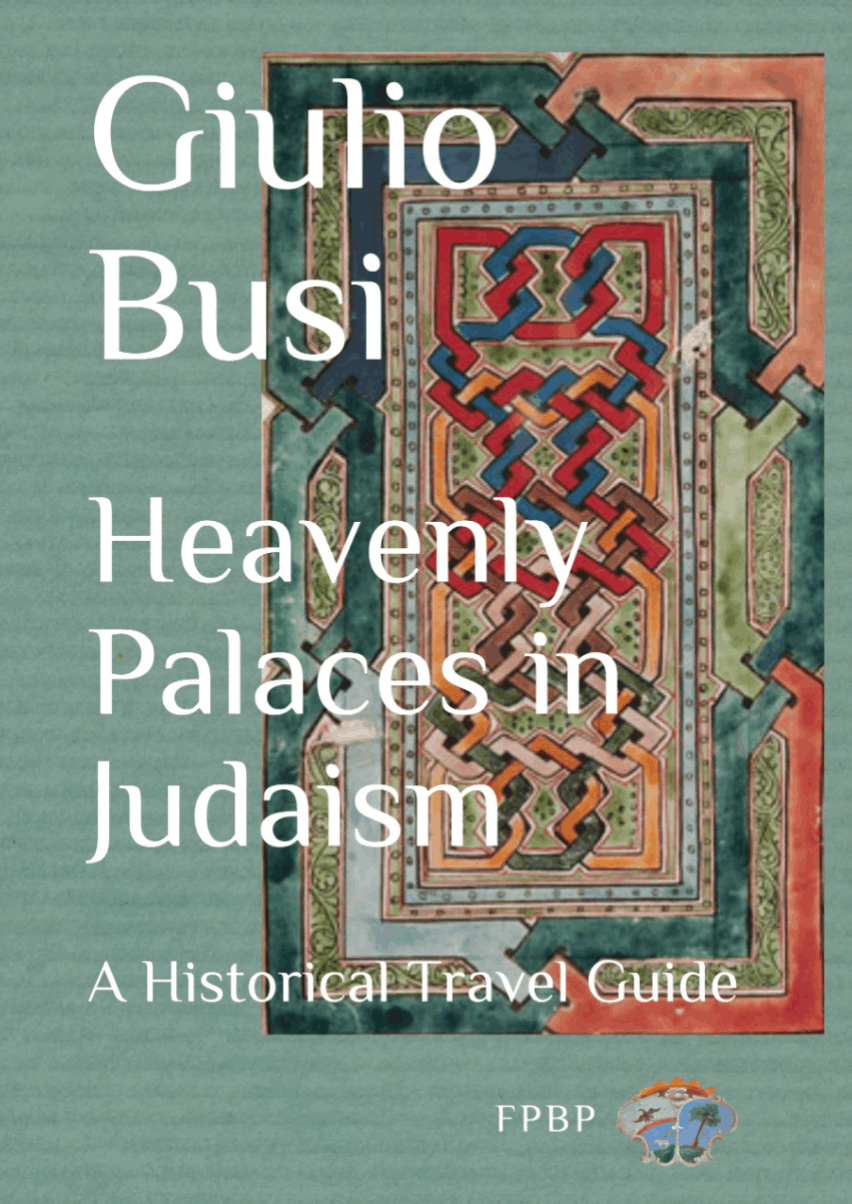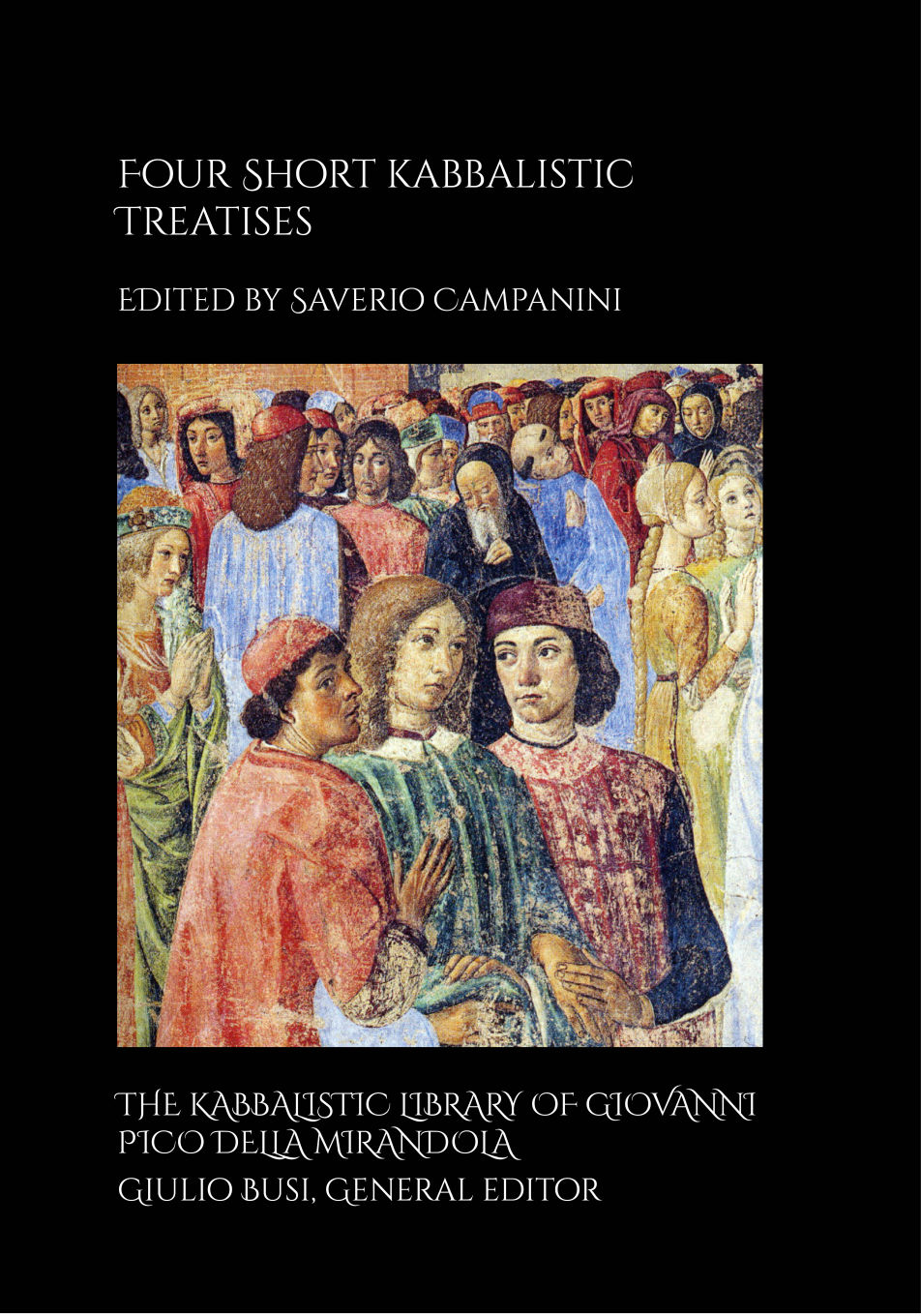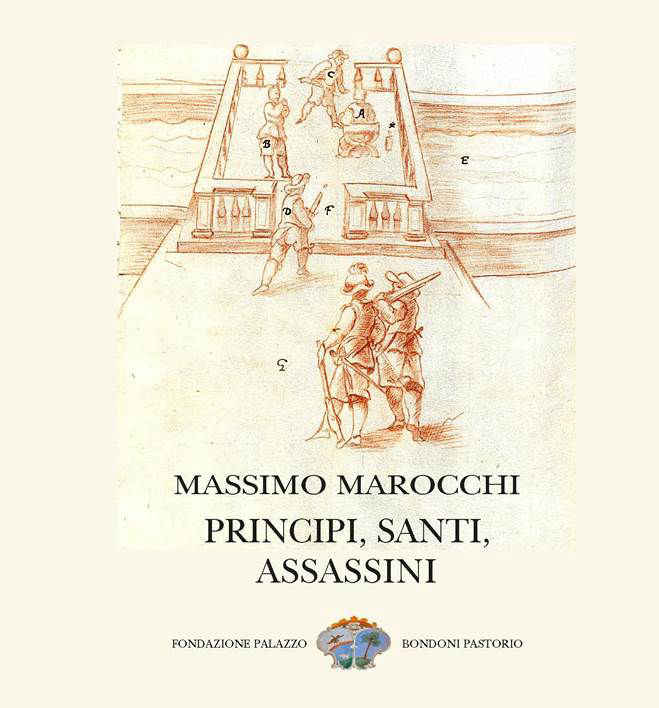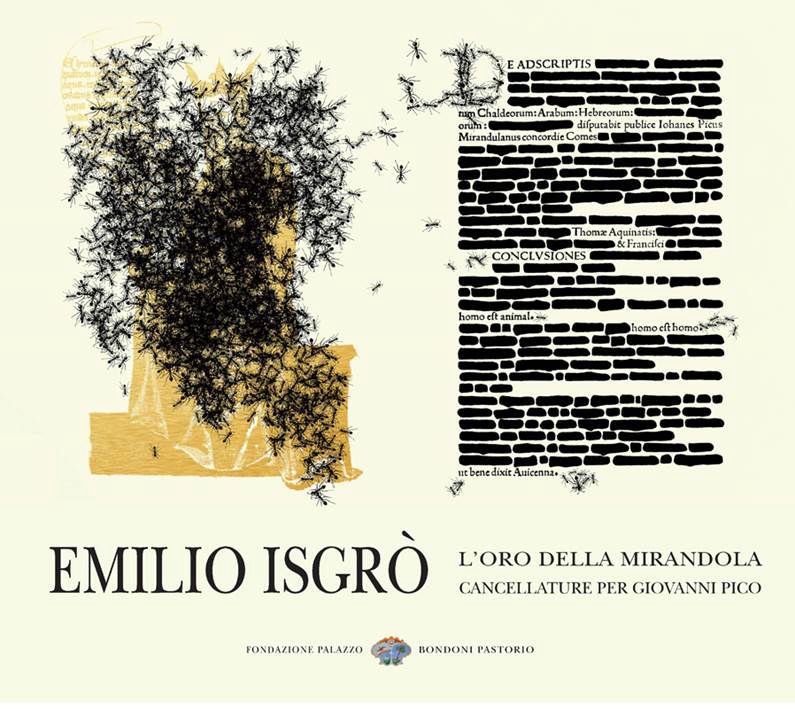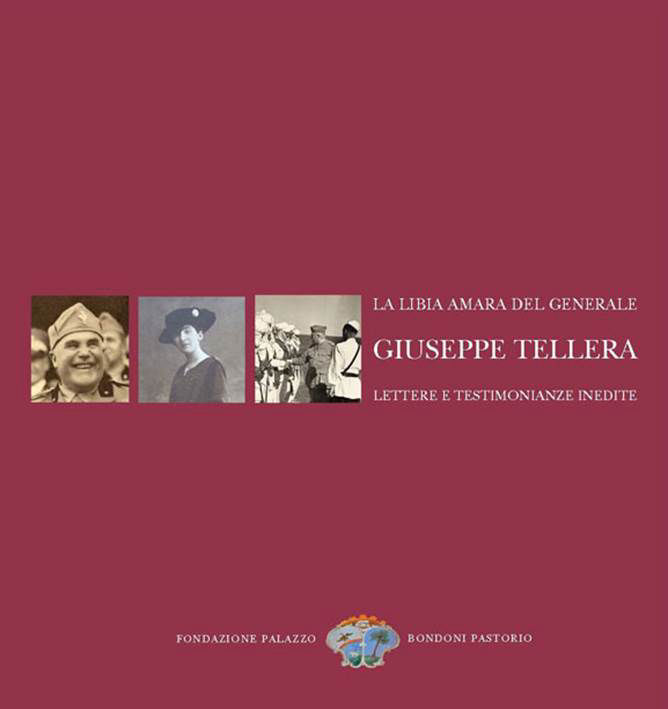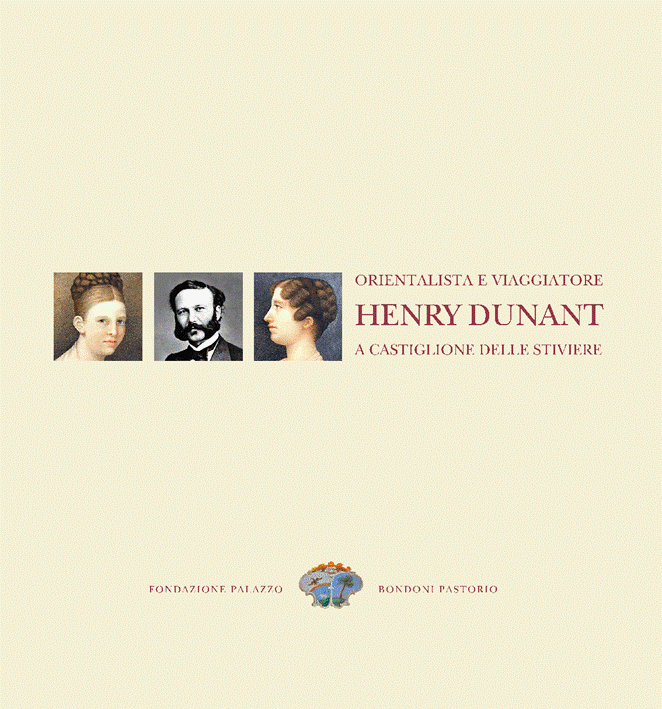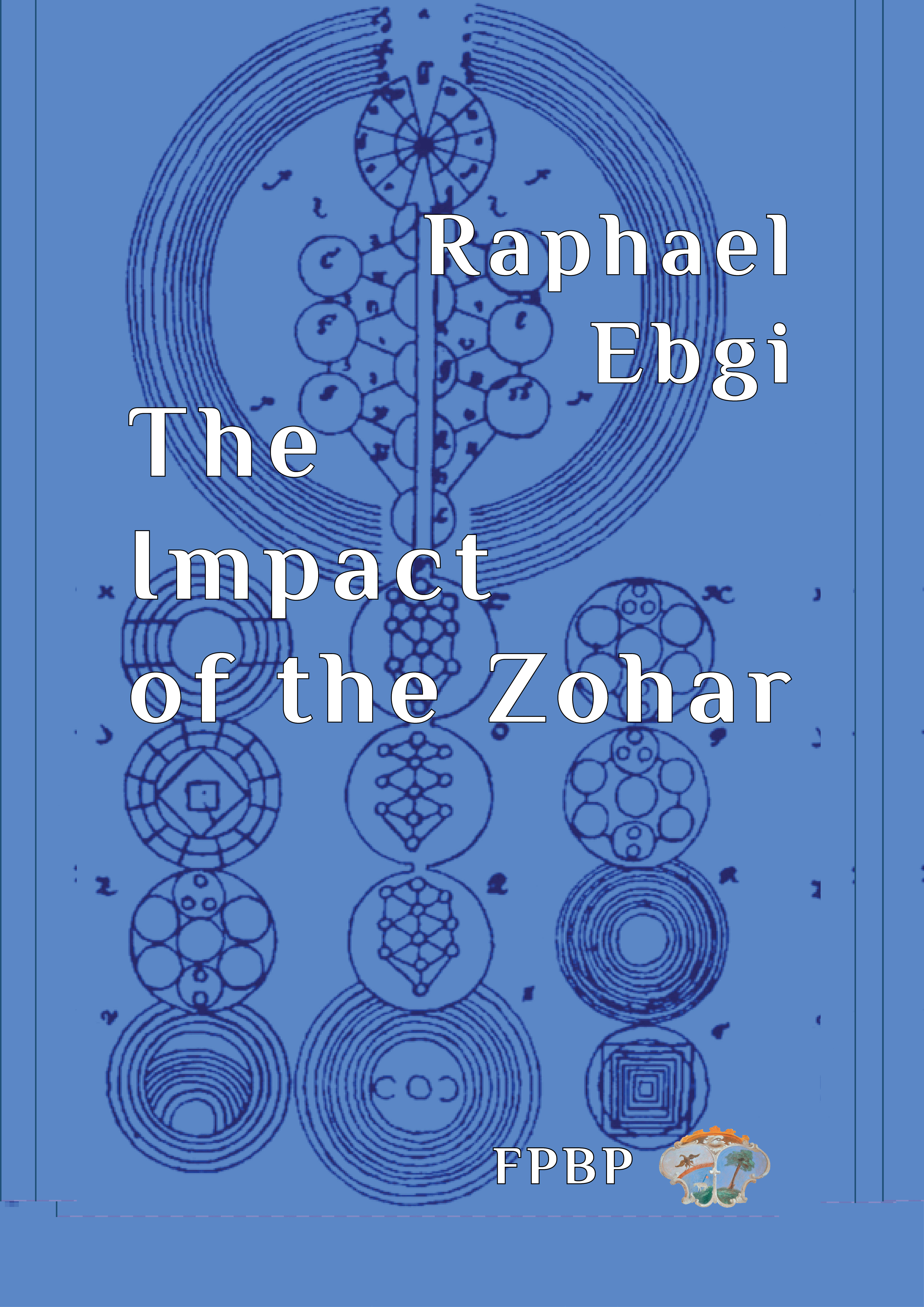
The Impact of the Zohar: In early Christian Europe between the 16th and the 18th centuries
Raphael Ebgi, The Impact of the Zohar: In early Christian Europe between the 16th and the 18th centuries.
265 pages, full-color ill.
ISBN: 978-88-945374-3-7
The first two editions of the Sefer ha-Zohar (the masterpiece of the Medieval Jewish mysticism, which was fashioned over the last two decades of the 13th century) published in Mantua (1558-60) and Cremona (1559) had a deep and lasting impact on Christian culture. On the one hand they facilitated the development of a philologically grounded Zoharic criticism, on the other hand they provided polemicists and preachers with new and valuable tools for their propaganda aimed at converting the Jews. The present study offers the first ever analysis of the impact of the Zohar on Christian culture, from the 16th to the 18th centuries.
